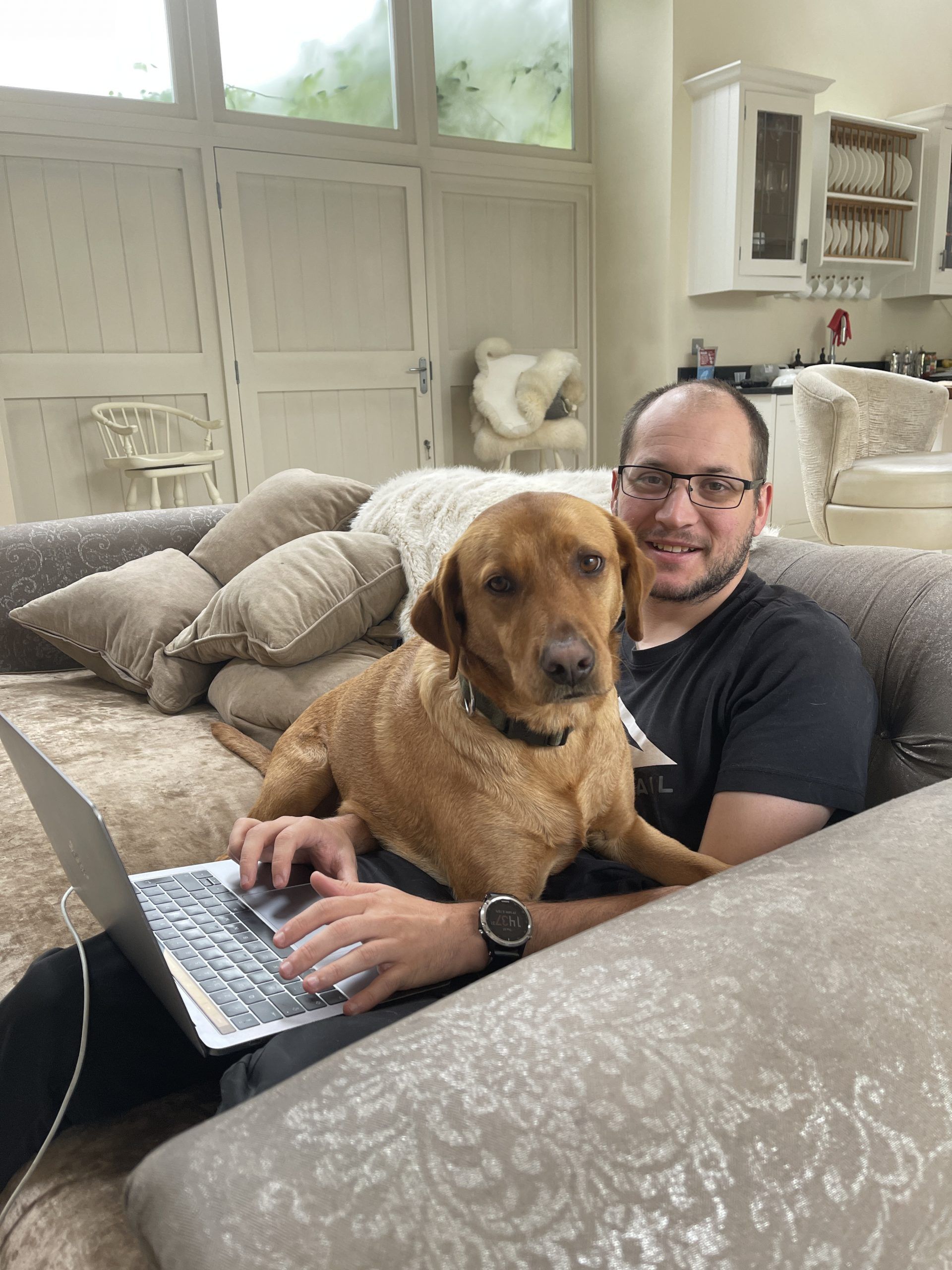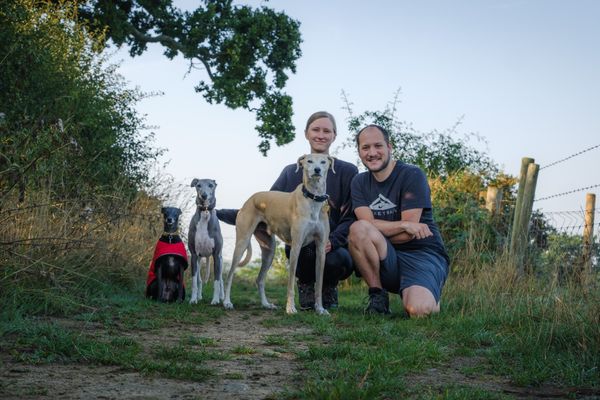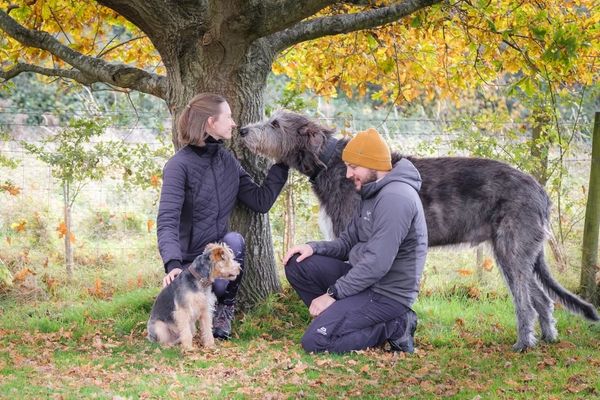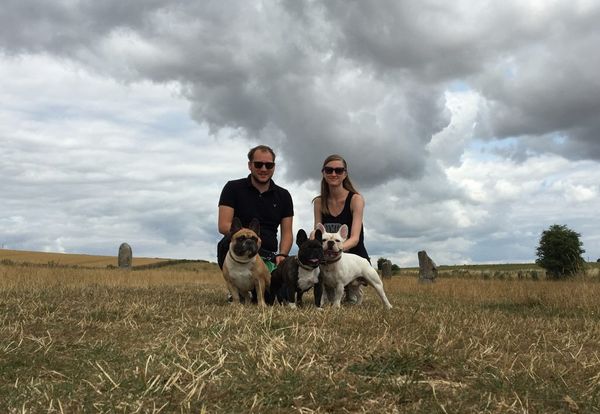We’ve been using Rover to find pet sitting jobs since 2019, after 2 years of using free exchange pet sitting sites to care for pets all over the UK. Once we had around 50 house sits under our belts on the free sites, we felt we had enough experience with house and pet sitting to charge for our services and pet care knowledge. Whether you’ve been on Rover for years or you’re signing up today as a pet sitter, boarder, or dog walker, here’s 3 quick and simple ways to ensure you get more gigs on Rover! Once you’ve finished this post, head to our blog home for more Rover tips.
Respond to messages quickly
This is our absolute top tip for success on Rover! The average time it takes you to respond to an initial message is displayed on your profile, and having a quick response rate may be the difference between you and another sitter getting booked. Sometimes owners will use a scatter-gun approach to finding a pet sitter or dog walker – messaging lots of people they like the look of at once and seeing who responds. This is especially common when the booking is last minute, as the owner needs to find someone quickly and can’t wait around for one person to answer at a time. It’s always important to read messages thoroughly to ensure you understand all the information given and what’s required of you before replying, but you can cut down your response time by opening a message as soon as you receive one.
We recommend downloading the Rover app to your phone, and also making sure you have email notifications turned on, so you’ll never miss a message – and potentially a booking. We always have a video call or phone call before we book in any house sit, so if a sit sounds good to us from the get-go, our initial response will be a short one to thank the owner for getting in touch and ask them when they’d be available for a brief call to chat through the details. We’re 100% sure that replying quickly has secured us the majority of our gigs on Rover (Our current average response time is 12 minutes!). Even if you can’t take on the job for whatever reason, it’s still important to respond to let the owner know – not only is this just polite, but not replying to an initial enquiry will affect your average response time, and your overall response rate. We have responded to every single enquiry message we’ve ever received on Rover, so our response rate is 100% – another positive signal to owners that may secure you the job.
Use a variety of photos
When browsing services on Rover’s search page, owners will only be able to see your first photo until they click through to your profile. Therefore, it’s important to have a clear, good quality profile image to give owners one more reason to choose you over somebody else! We cannot stress enough how essential it is to make the photo relevant too – far too often people like to choose a photo where they look good, instead of focusing on portraying themselves as a good pet carer or professional and friendly person. A simple, clear portrait of your face will suffice but, if you can, choose an image where you’re with a pet, that also shows your face (i.e. not one where you’re walking a dog away from the camera). SO many times we’ve seen profile photos of people at a bar with a cocktail in hand, or on a night out where they’ve cropped out the person with their arm around them… If you’re serious about getting bookings on Rover, you need to let owners know that you’re professional and responsible and will give their pets the best care, and having an appropriate profile picture is just one more way to show that.
Once you’ve selected the perfect profile picture, add a variety of other photos to your profile. Again, make sure they’re relevant – if you’re only offering dog walking services, avoid using photos of dogs snoozing at home (no matter how cute they are!) especially if you’re not in the photo. If you can, choose photos that show you with lots of different pets – remember, Rover isn’t just for dogs! In the past we’ve secured gigs caring for cats, rabbits, snakes and tortoises through Rover, just by having a selection of pet photos on our page. Equally, if you’re not looking to care for a certain kind of pet, it doesn’t make sense to have photos of these on your profile. If you’ve looked after larger dog breeds in the past, but aren’t looking to do so now, only choose photos that show smaller dogs to give owners a clear message. You can also caption each image to let owners know what’s happening in each one. As full time house sitters, we use an array of photos that show us in urban parks playing with little dogs, at home with cats, on countryside hikes with big dogs, and a clear first image of the two of us with a puppy each in our laps! We caption each image with the pet’s name and the location of the house sit, so owners know that not only have we completed multiple pet sits all over the UK, but we remember the names of each pet too!
Write a stand-out profile
Once an owner has clicked on your profile, this is your last time to shine before they choose to message you! Choose an exciting profile headline and pick your words well – you only have 50 characters to make an impression on the search page! In our profile headline we mention that we are a couple and that we have completed 100+ house sits – this lets owners know they’re getting two sitters when they book us, and that we’re very experienced with pet sitting. When writing your profile, we highly recommend taking time to craft what you’re going to say. We’ve seen dozens of profiles with only one or two lines of text, saying something such as ‘I want to walk dogs because I love dogs!’ or ‘I’m looking to make a bit of money while I’m studying’. Avoid writing overused phrases like ‘I’m an animal lover!’ – not only should this be a given if you’re caring for other people’s fur babies, but it won’t make your profile sound personal or unique.
To make your profile stand out, make sure it’s professional, friendly, and informative. Give owners all the relevant information they need to know about you – if you’re a dog walker, what made you want to start dog walking? If you’re a pet sitter, will you be able to stay with pets 24/7 while on a sit? If you’re a dog boarder, do you have any pets of your own that will be in your house at the same time? Do you have your own vehicle to use as transport, to get to a house to pick up animals or to transport dogs for walkies further afield? What is your previous animal care experience? You don’t need pages and pages of information or to write your life story in your profile – just give owners some facts that they’ll love to read about you, so they know their pets will be in good hands.
Bonus tips
A few more helpful hints to ensure you have a positive experience on Rover:
- Arrange a phone or video call before booking. As we’ve said, we ALWAYS arrange a call before booking in every single gig to ensure we understand what’s expected of us. More often than not, you’ll find out new information that owners didn’t think to write in their initial message, or there may be more complicated requirements involved when caring for their pets. Take a look at the information given in their initial message and write down a few questions to ask the owner. Even having a call for 10 minutes means that you can ask any questions you may have, and they can do the same. For example, for a New Years Eve house sit booking on Rover we asked the owner on the call if their dog was ok with fireworks. Thinking about these kinds of questions means there won’t be any unexpected surprises when you take on the job and shows you using your initiative to pre-empt any potential issues.
- Don’t rush in. When there’s an opportunity to earn money from doing a job you love, it’s sometimes easy to get carried away at the thought of ‘saying yes’ being the only thing standing between you and getting paid. You have a duty of care to every animal you’ll look after, and you need to make sure you’ll be able to handle the situation before taking it on. Don’t be afraid to say no to a booking request – in the past we’ve turned down a handful of Rover requests that didn’t feel right, or the owner was asking way too much of us. In these instances we explain why it won’t work for us and politely decline.
- Take photos! When you do secure a booking, remember to snap some photos to send updates to pet owners, that you can also use on your Rover profile in the future. Having a variety of different dogs or pets in your photos shows that you’ve completed more than one booking, and can handle different situations. It’s always a good idea to have recent or up-to-date photos on your profile, though make sure no recognisable house features are visible, such as a house number or street name, or any personal information of the owner’s showing on dog tags.
- Ask for a review. After a booking is complete, Rover will prompt owners to write a review on your profile, but owners sometimes forget to do this. In these cases we follow up and politely request that they leave us a review, and explain that it’s really helpful for us to find new clients. The more reviews you can gain on your profile, the more potential clients will trust that you’re the person for the job!
If you found this post helpful, please consider supporting our blog by donating as little as £1 to our running costs! Thank-you!
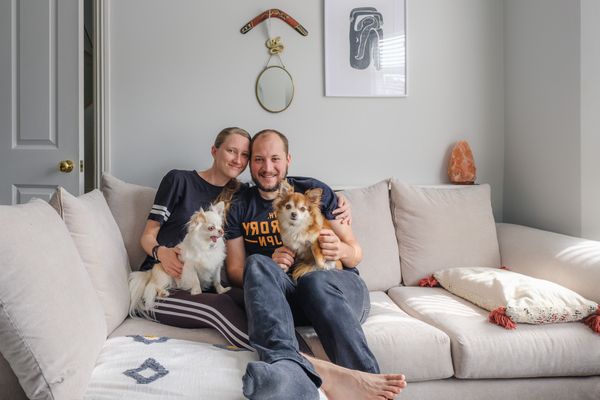
We are Chris+Suze
Related Posts

MOO business cards
We love using MOO to create professional business cards for our pet sitting business. The quality is incredible and they’re perfect for giving our details to dog owners when we’re out on walkies. Use our link below to receive 25% off your first order with MOO!

Thank you for reading!
We hope you’ve enjoyed this post! For more posts about Rover, head to our blog or follow us on Instagram and Facebook for photos and videos from our travels! Sign up to Rover to book house sitting jobs as a sitter, and for pet owners, use our code SUZES72456 when you book your Rover sitter to receive £15 off!
